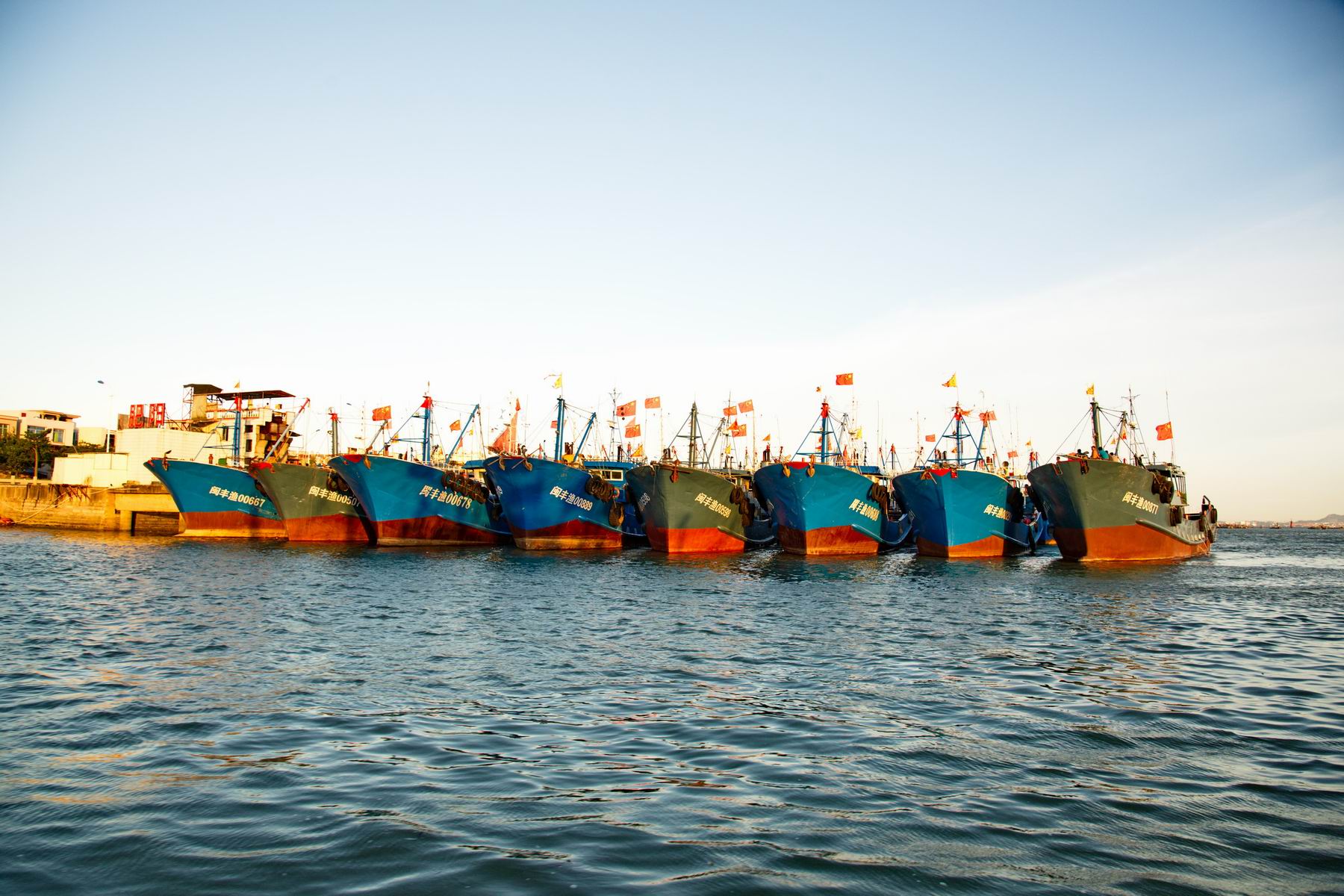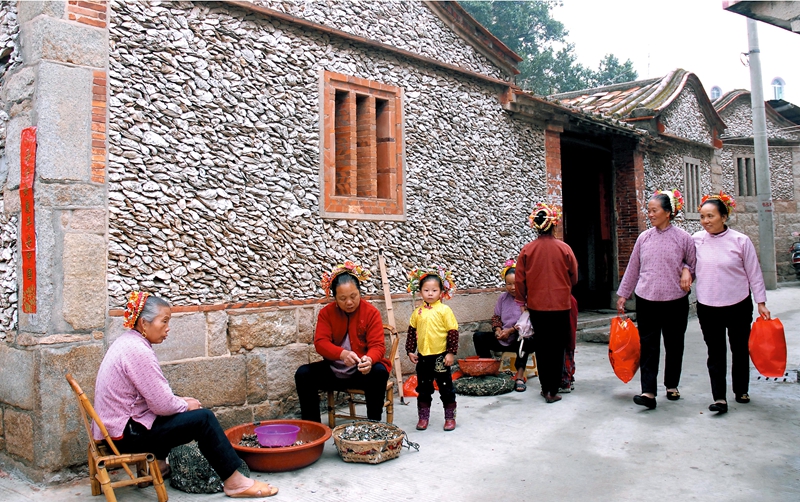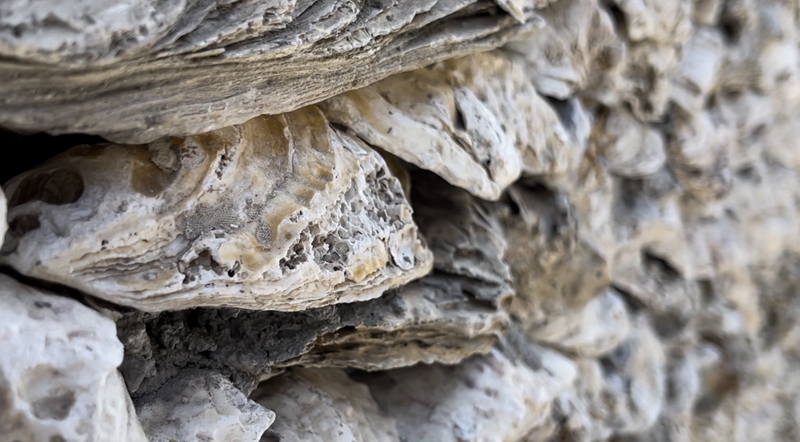Oyster shells' voyage from Africa's east coast to China
Quanzhou Port, also known as Citong Port in ancient times, was recognized as the largest harbor in the East during the Song and Yuan dynasties (960-1368) due to its convenient maritime routes and thriving overseas trade. Marco Polo referred to it as "The City of Light."

Xunpu village, on the northern shore of Quanzhou Port, was one of the starting points of the ancient Maritime Silk Road. (Photo by Chen Jingcong, provided by the Xunpu Community Residents' Committee)
With the rise of maritime trade, numerous Chinese merchant ships laden with silk and porcelain set sail from Xunpu village on the northern shore of Quanzhou Port. These ships reached various South Asian countries, the Arabian Peninsula, and along the East African coast via the Indian Ocean.
In Xunpu village, many houses are built with a mix of oyster shells and sea mud. The oyster shells used in these structures are larger than those found locally, having been sourced from the east coast of Africa.

A house in Xunpu village built with oyster shells. (Photo by Chen Jingcong, provided by the Xunpu Community Residents' Committee )
When Chinese merchant ships returned home after unloading their cargo, crew members would use oyster shells collected along the seashore as ballast stones to ensure stable voyages.
As these oyster shells arrived in Xunpu village, villagers embedded them in the outer walls of residential houses to prevent corrosion, becoming a unique architectural style along the southeastern coast of China.
In 2022, the construction technique of Quanzhou's oyster shell houses was included in the seventh batch of representative items of intangible cultural heritage at the provincial level in Fujian Province.

A house in Xunpu village built with oyster shells. (People's Daily Online/Wang Jing)

Villagers embed oyster shells on the outer walls of local residential houses to prevent corrosion. (People's Daily Online/Wang Jing)

The oyster shells used in these houses, sourced from the east coast of Africa, are larger than those found locally. (People's Daily Online/Wang Jing)
Photos
Related Stories
- Explore Quanzhou, a port city along the Maritime Silk Road
- Explore the vibrancy of SE China's Quanzhou
- Trending in China | Savor the diverse culinary flavors of Quanzhou
- Quanzhou: Where culture and commerce converge
- Exploring Quanzhou: Walking in the footsteps of Marco Polo
- Ancient Fujian-style shipbuilding techniques gain global recognition
Copyright © 2024 People's Daily Online. All Rights Reserved.









